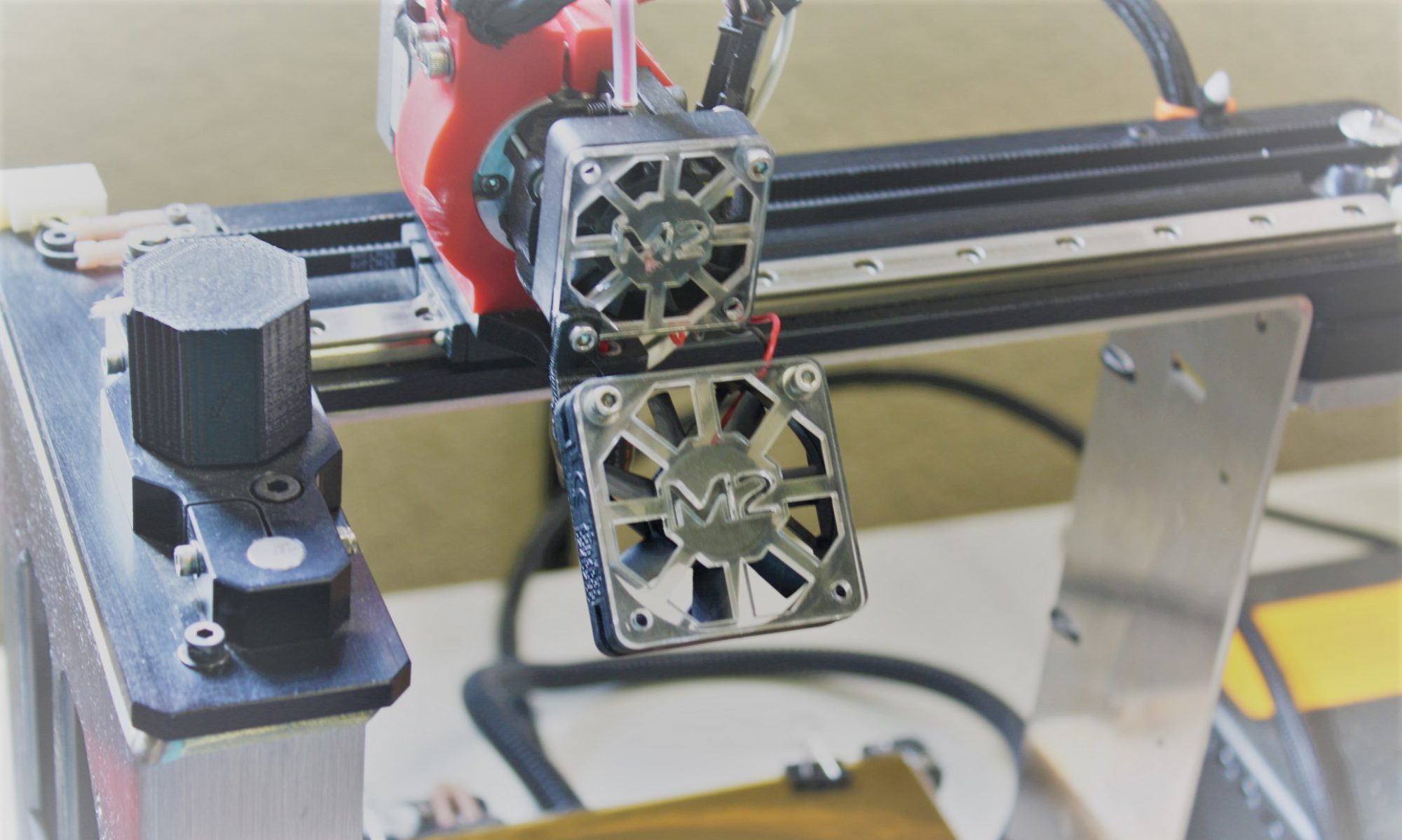Emboldened by the initial experiment, I decided to pursue a more complete example. I had read about Single Lane Open Proxy tracks and decided this would be a great testbed.
I use Alibre Design for my CAD work, and I set about modelling a layout that would be interesting. Some eagle eyed readers will figure out what real life track I modeled this after and also immediately spot the mistake I made in the geometry. I printed the layout on 20 some odd sheets of regular paper on my printer, and had to put them together like a puzzle.


The tedious bit was going around and cutting the slot out of the pattern, so I could mark it with a permanent marker on the foam.


With everything traced, I removed the pattern, and did my best to freehand the slot with my soldering iron router.



